Pros and cons to using Android Auto on a 2019 Honda Passport
The convenience of Google's ecosystem on the dash

The future of all autonomous driving will rely, at least in part, on your smartphone. There’s no question about it, because as humans, we already rely on our phones (sometimes to a degree that is quite frightening). We use them for everything, from ordering groceries to watching lame videos on TikTok (at least, if you’re under 20) or opening the front door of our homes.
That means, for autonomous cars, our phones will take center stage. Most likely, future phones will become a control center or at least the interface to controlling features, especially when we’re not in the car and need to summon it from the garage or send it on an errand.
That’s why I’m keenly interested in how both Google and Apple are working to improve their two car offerings (Android Auto and CarPlay).
Recently, Google announced a revamped version of Android Auto that will debut this summer with a new interface and more features, most of them related to making the interface on your car’s screen work more like a phone. A row of buttons along the bottom of the screen, for example, look like the icons on your phone.
The perfect platform
To refresh my memory on how Android Auto works currently, I tested a 2019 Honda Passport. This roomy, midsize SUV is a good candidate for Android Auto testing because it offers a bright, crisp center console screen -- one of my favorites in any vehicle. It just looks clearer and brighter than most, without that slightly 'fuzzy' screen look on older vehicles.
I also liked that I could charge one phone (a personal iPhone) on a wireless pad in the Passport while I tested a Samsung Galaxy S10+ running Android, plugged into the USB port.
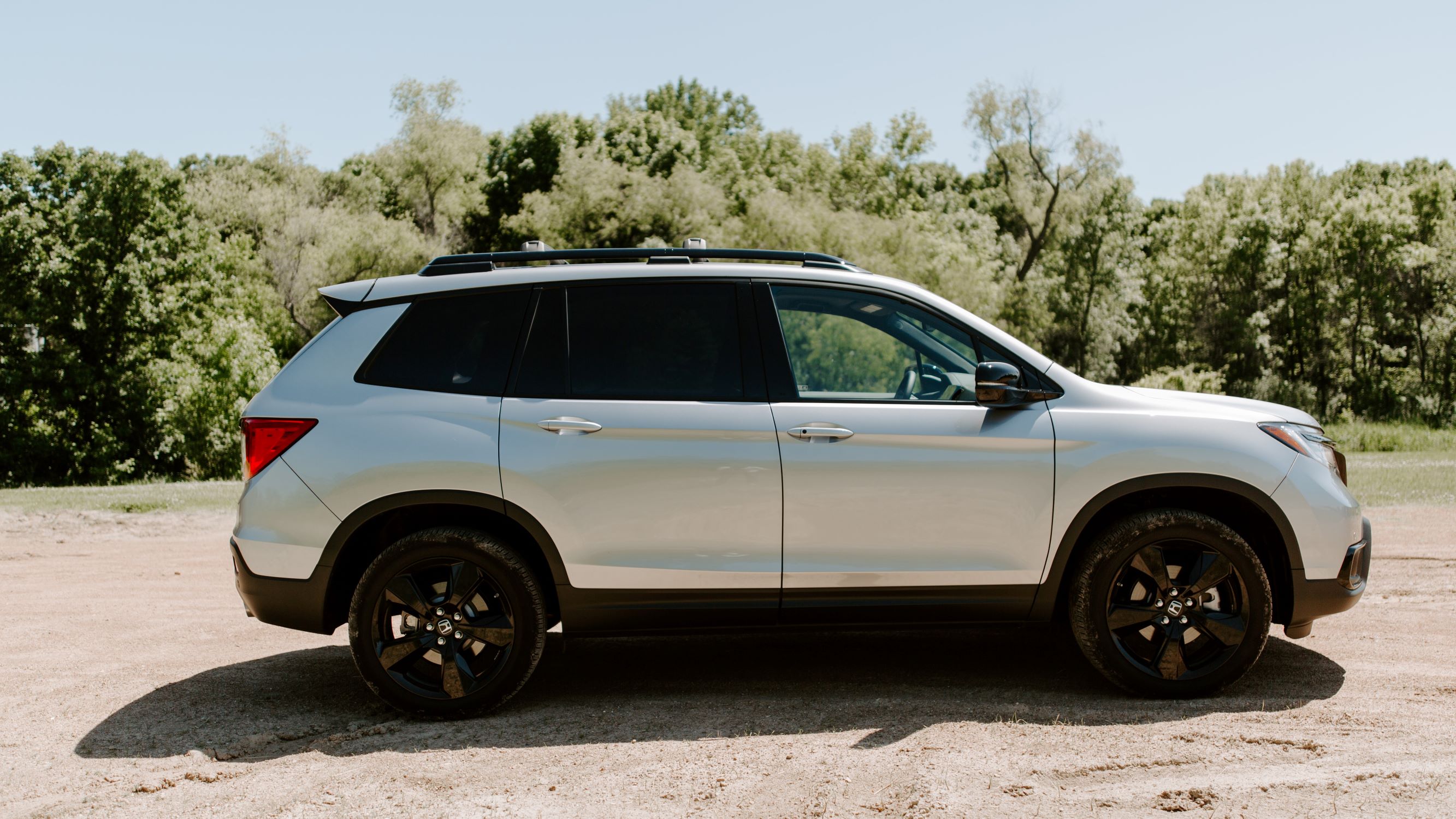
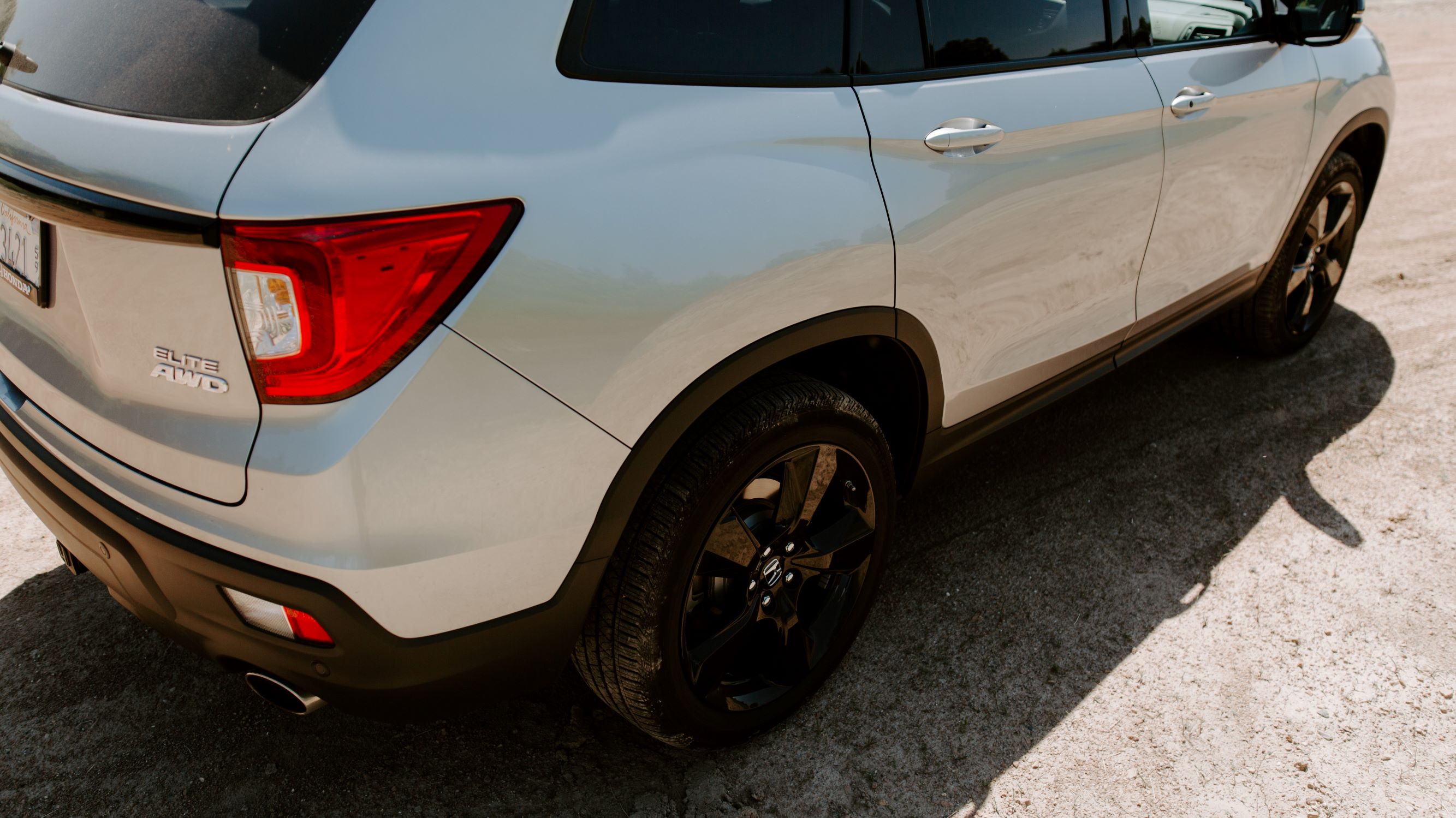
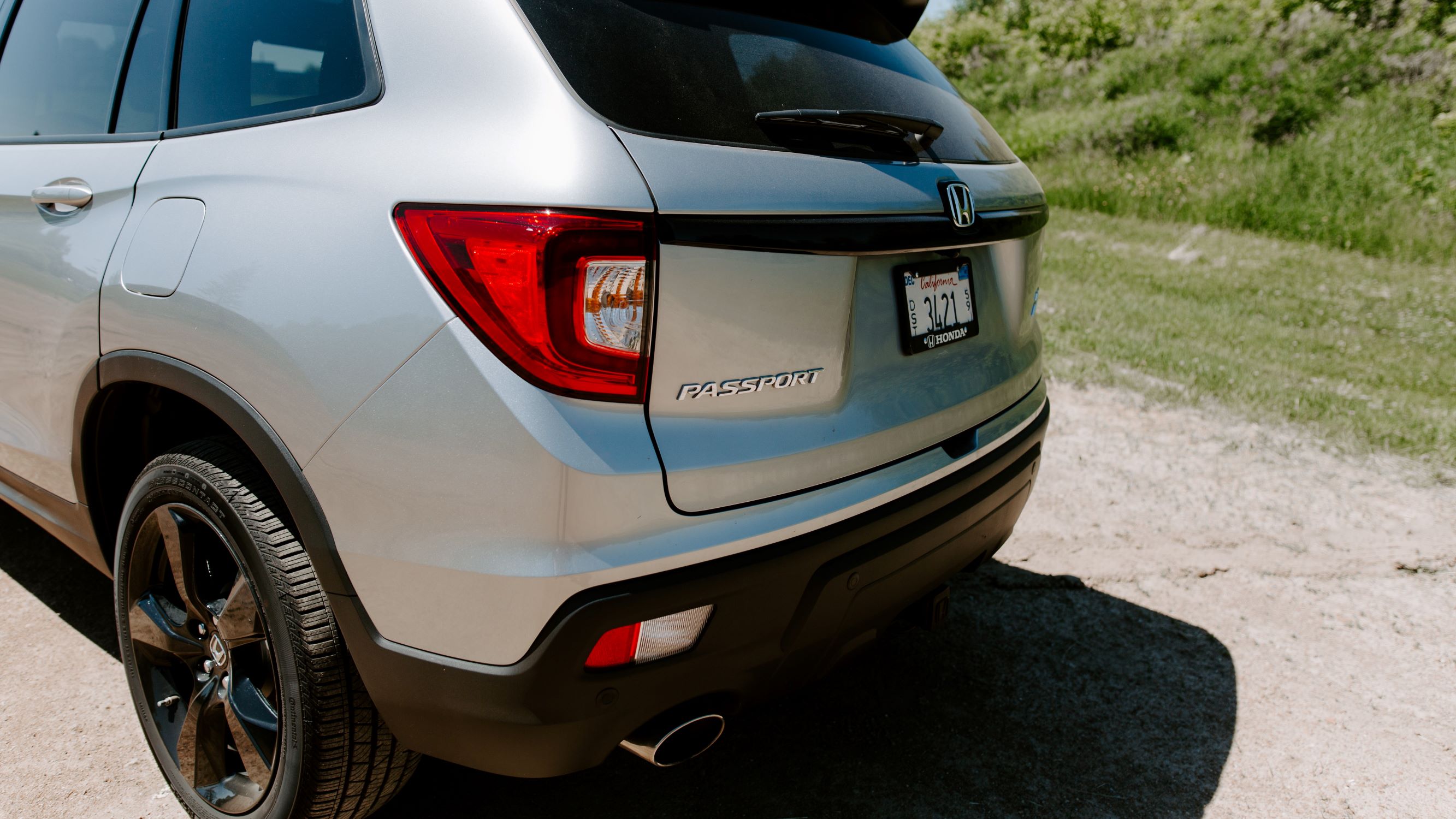
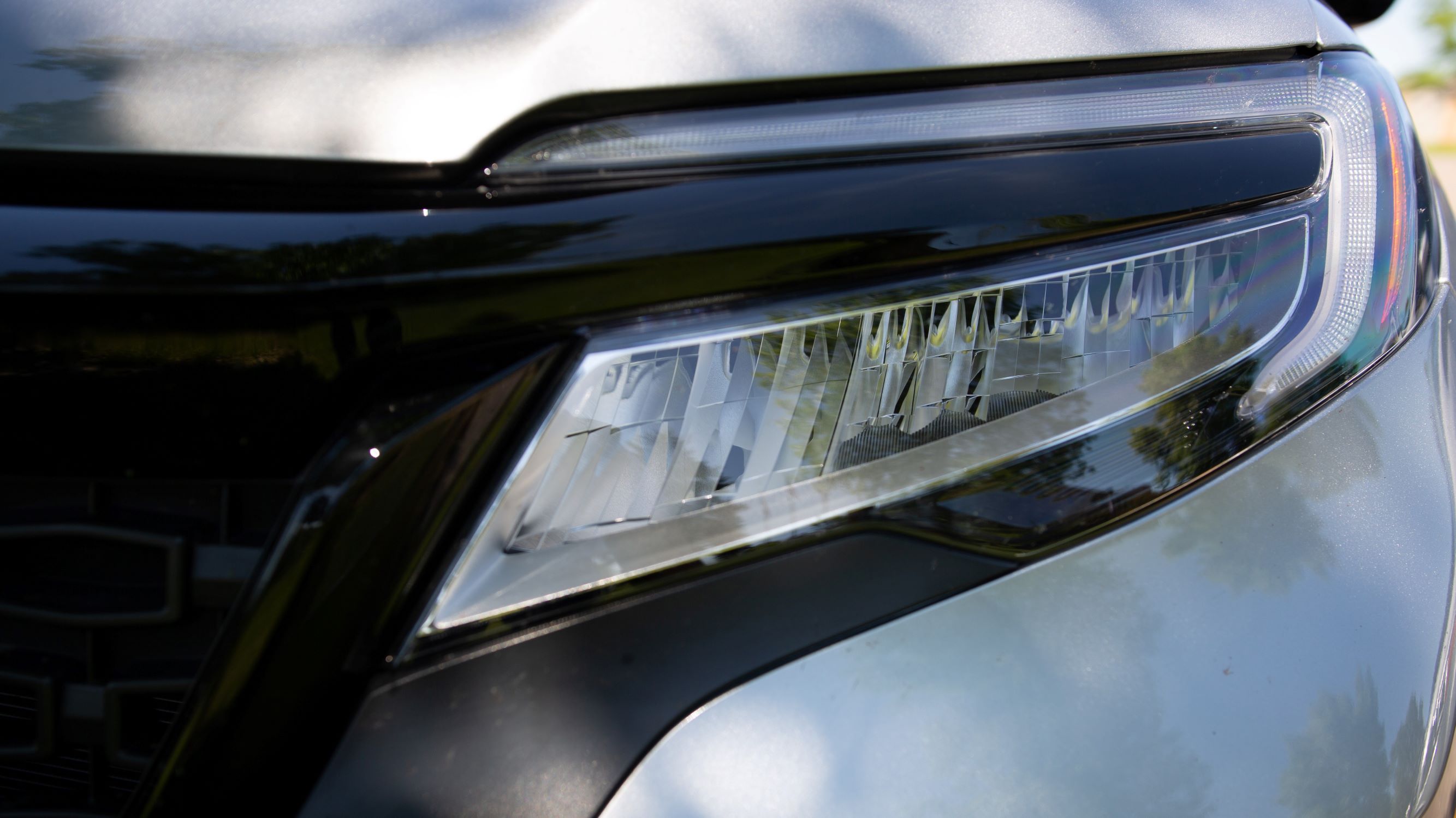
I will say that I prefer Android Auto over CarPlay for one simple reason – I prefer Google for searches and voice control. I’m an avid Google Music user, and I also prefer Google Maps over Apple Maps. I’m just used to the Google ecosystem.
Sign up for breaking news, reviews, opinion, top tech deals, and more.
With Siri, there are well-known limitations. For one thing, I find that Siri often directs me to a website rather than actually answering a question. With Google, the Assistant usually has a ready answer.
What’s not as cool with Android Auto is that it uses more of a card interface. I like that Google will add more icons. CarPlay shows more obvious icons that are easier to use.
Small hiccups
On the Passport, with the Samsung Galaxy phone connected and all apps updated, I did have a few minor issues. I had signed in to the S10+ to check my email, but I skipped the step where I needed to sign in to the Assistant itself. That meant some of the voice features didn’t work, including a question about Barack Obama and playing a new album by Bastille. Once I logged in, the Assistant worked fine. (Apparently, this is a known issue.)
Another minor glitch was that long-pressing on the voice control button in the Passport worked fine for accessing the Assistant, but I had to speak to the phone itself for the best reception. I had expected the microphone in the Passport to work for that. However, when I retested later the phone didn’t have to be nearby. A Google rep is looking into the issue.
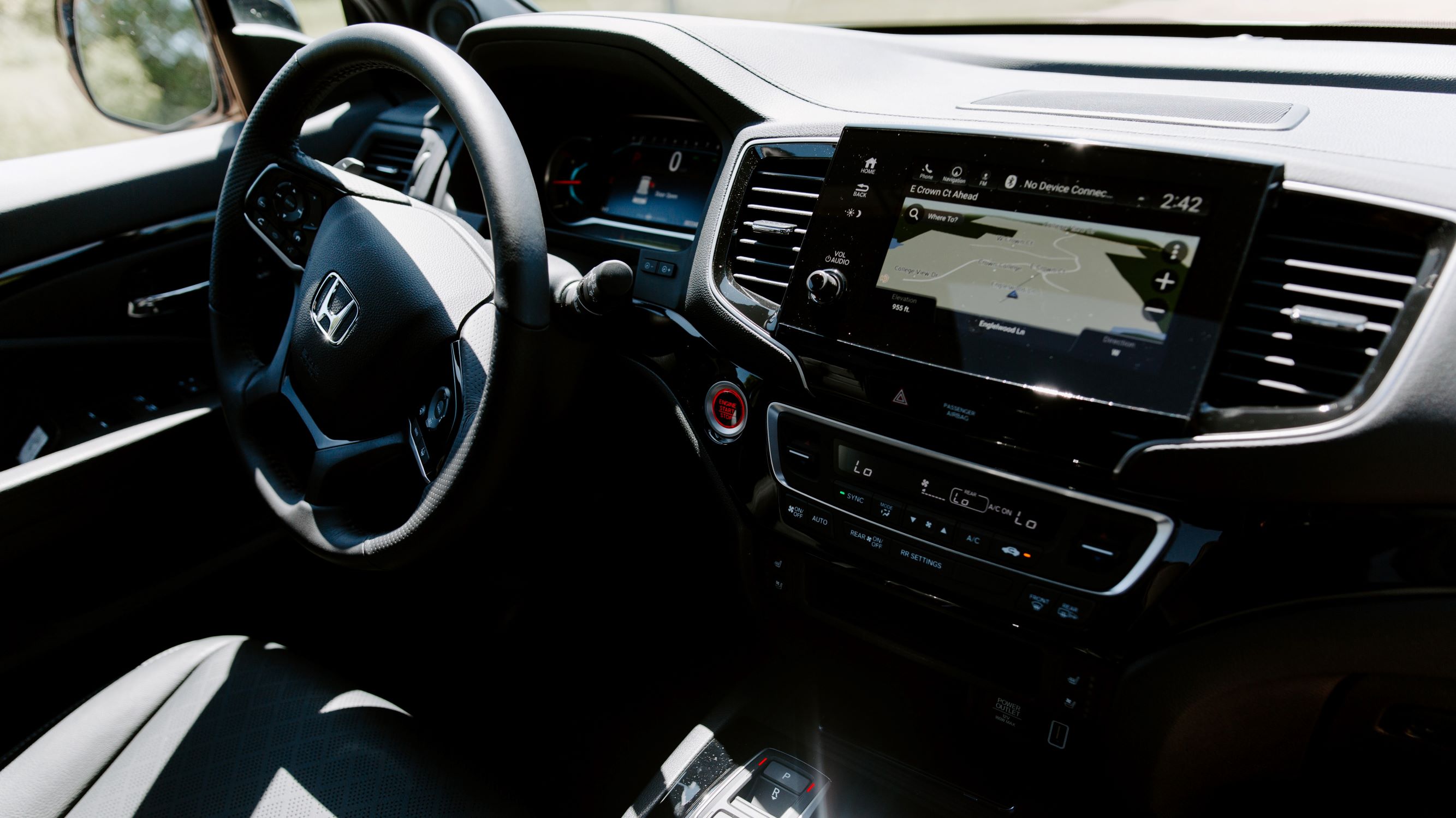


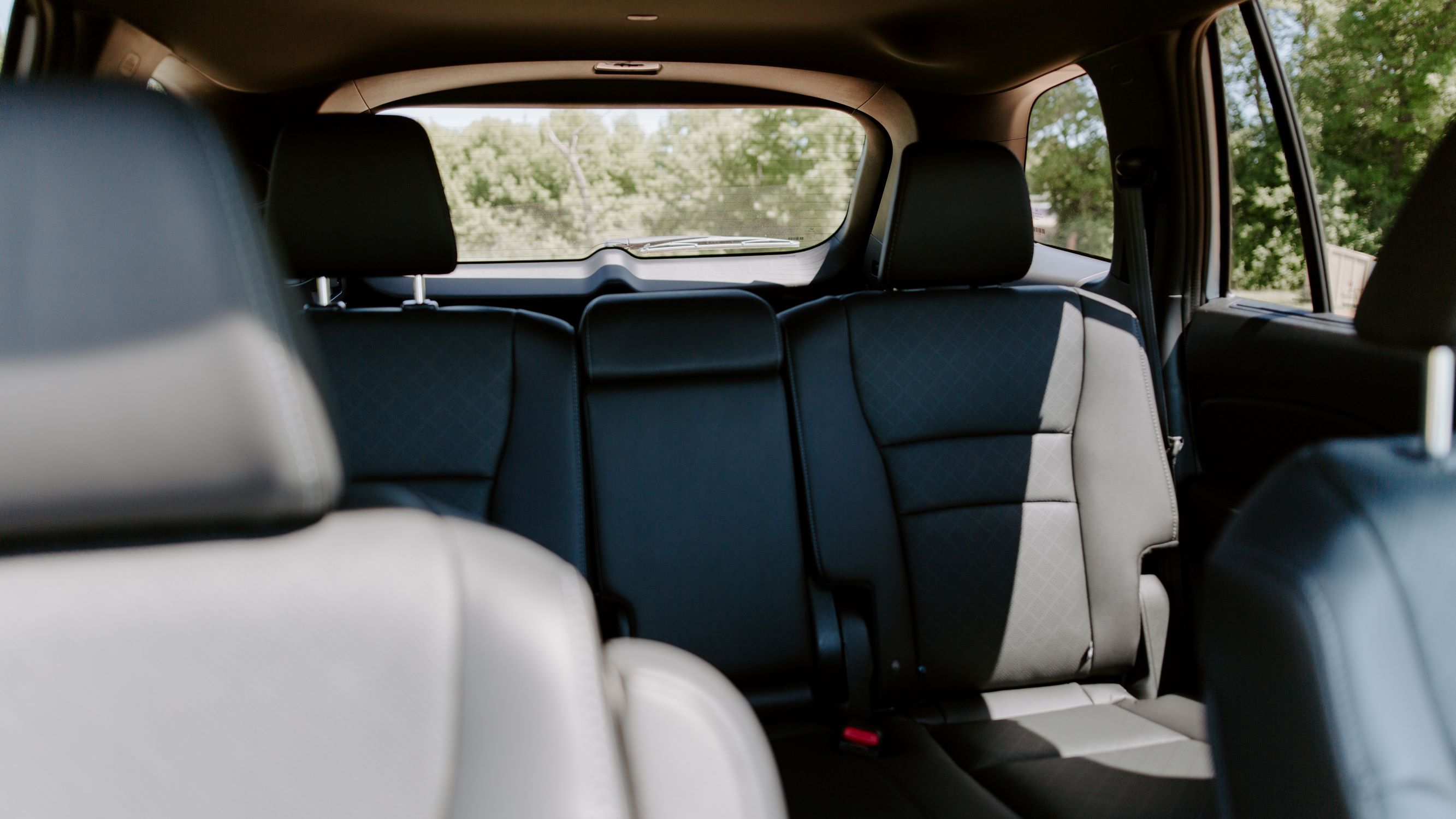
The Assistant bot won’t change this summer in the new Android Auto, but there is good news. Google recently announced the new Google Assistant driving mode, which will work over Bluetooth and allow you to access the full Assistant bot for navigation, texting, and anything else you might want to do only by voice. The bot will act more like a driving companion.
I like how Android Auto is progressing. In the future, we’ll rely even more on phones to help us in more advanced cars. Like a BMW I tested recently, the bots will connect into car systems for climate control and even setting your speed. We’ll enable autonomous features by voice or ask the car to take over during long drives. Let’s hope the future arrives soon.
On The Road is TechRadar's regular look at the futuristic tech in today's hottest cars. John Brandon, a journalist who's been writing about cars for 12 years, puts a new car and its cutting-edge tech through the paces every week. One goal: To find out which new technologies will lead us to fully self-driving cars.

John Brandon has covered gadgets and cars for the past 12 years having published over 12,000 articles and tested nearly 8,000 products. He's nothing if not prolific. Before starting his writing career, he led an Information Design practice at a large consumer electronics retailer in the US. His hobbies include deep sea exploration, complaining about the weather, and engineering a vast multiverse conspiracy.